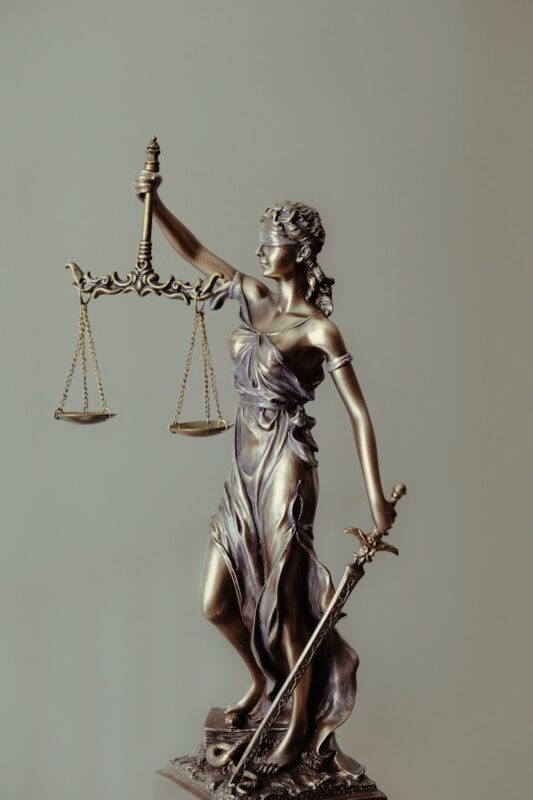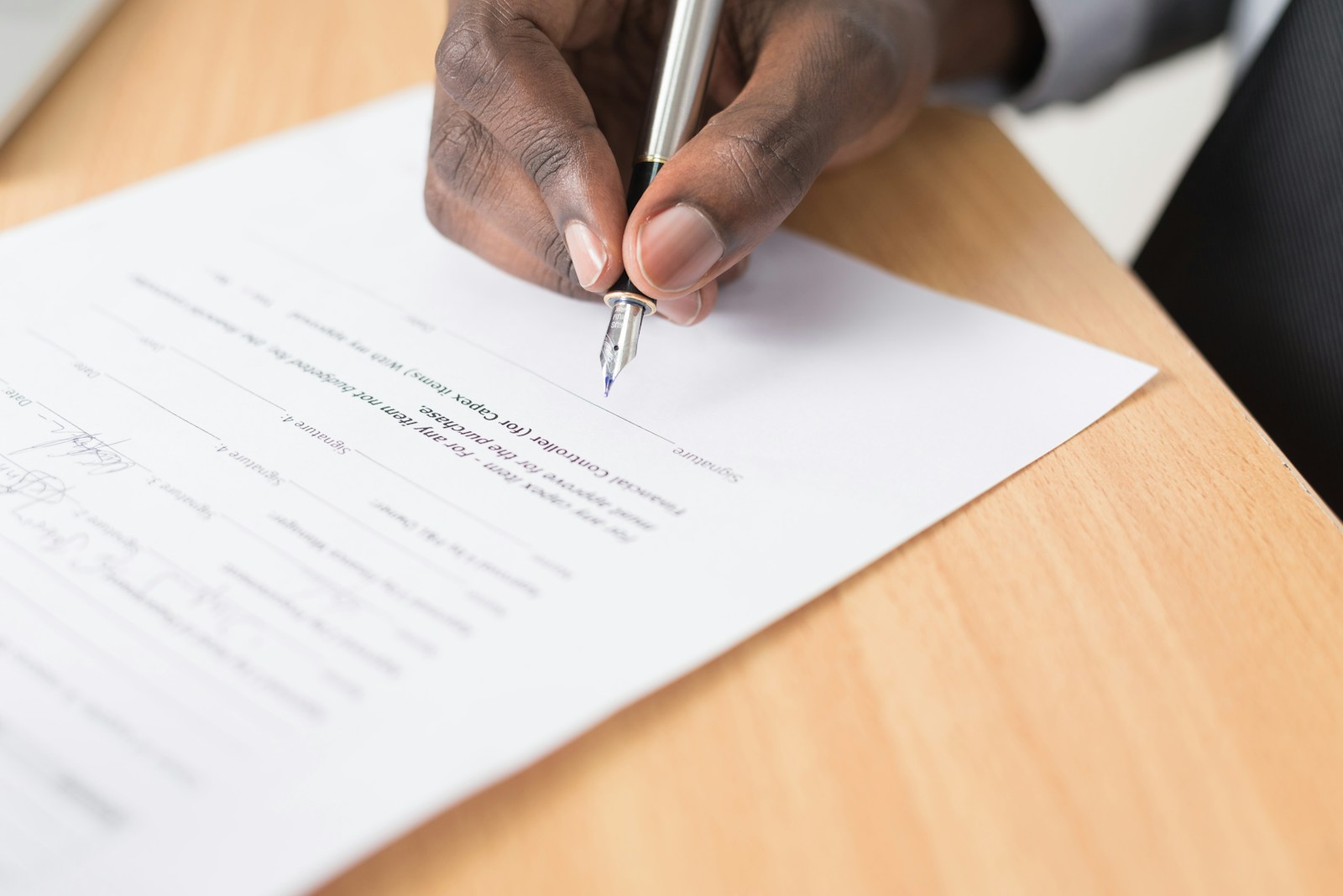Washington state, with its rich legal history and commitment to justice, offers a well-defined framework for handling civil lawsuits within its courtroom settings. Understanding the intricacies of courtroom proceedings is essential for anyone involved in or contemplating a civil lawsuit in the Evergreen State.
In this article, we will explore the key aspects of how courtroom proceedings work for civil lawsuits in Washington, shedding light on the stages, rules, and considerations that shape the legal landscape.
Filing the Lawsuit
A. Choosing the Right Court
Washington has multiple levels of courts, such as district courts, superior courts, and appellate courts. The nature and monetary value of the case will determine the appropriate court for filing.
B. Initiating the Lawsuit
The plaintiff, the party initiating the lawsuit, usually done with the help of an attorney serving Kent, Washington must file a complaint detailing the allegations against the defendant. This document sets the stage for the legal battle by outlining the facts, legal claims, and the relief sought.
Serving The Right Legal Documents
Providing Notice to the Defendant
Once the complaint is filed, the plaintiff must serve the defendant with a summons and a copy of the complaint. This ensures that the defendant is aware of the lawsuit and has an opportunity to respond.
Timeframe for Response
In Washington, the defendant typically has 20 days to respond to the complaint. The response may involve admitting or denying the allegations, raising affirmative defenses, or filing counterclaims.
The Discovery Process
Gathering Evidence
Both parties engage in the discovery process to collect evidence, which may include documents, depositions, and interrogatories. This stage is crucial for building a solid case and understanding the strengths and weaknesses of each side.
Pretrial Conferences
The court may schedule pretrial conferences to facilitate communication between the parties, identify key issues, and encourage settlement discussions. These conferences aim to streamline the trial process and promote efficiency.
The Trial
Jury Selection
If the case goes to trial and either party requests a jury, the court will conduct jury selection. Washington allows parties to have a jury trial in civil cases, and the chosen jury will decide the verdict based on the presented evidence.
Presentation of Evidence
During the trial, both parties present their evidence, call witnesses, and make legal arguments. The court ensures adherence to rules of evidence and maintains order in the courtroom.
Closing Arguments and Verdict
After presenting their cases, both parties make closing arguments. The jury then deliberates and delivers a verdict. In non-jury trials, the judge issues a decision.
Post-Trial Motions and Appeals
Post-Trial Motions
Either party may file post-trial motions, such as motions for a new trial or judgment notwithstanding the verdict, seeking to alter or challenge the trial outcome.
The Appellate Process
Dissatisfied parties can appeal the trial court’s decision to the Washington Court of Appeals or the Washington Supreme Court. Appellate proceedings involve a review of legal errors rather than a reexamination of facts.
Conclusion
Navigating the courtroom proceedings for civil lawsuits in Washington demands a thorough understanding of the legal landscape. From filing the initial complaint to appealing a verdict, each stage involves specific rules and procedures. As litigants embark on this legal journey, they should be well-equipped with knowledge and legal counsel to navigate the complexities and seek justice in the Evergreen State’s courtrooms.



